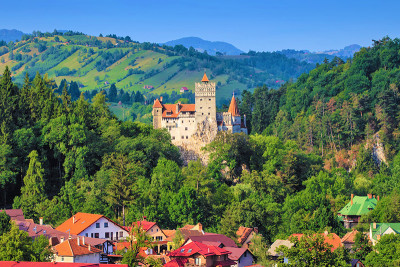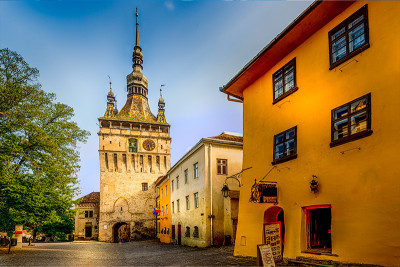If it isn’t already, Romania should definitely be on your bucket list! And if Romania is on your bucket list, you cannot just have the country written in, but you need some specific spots. Romania is vast and beautiful and has so much history and nature that you can go and visit yourself. Below, we are going to share with you some sites in Romania that need to be added to your bucket list ASAP!
1. Dracula’s Castle
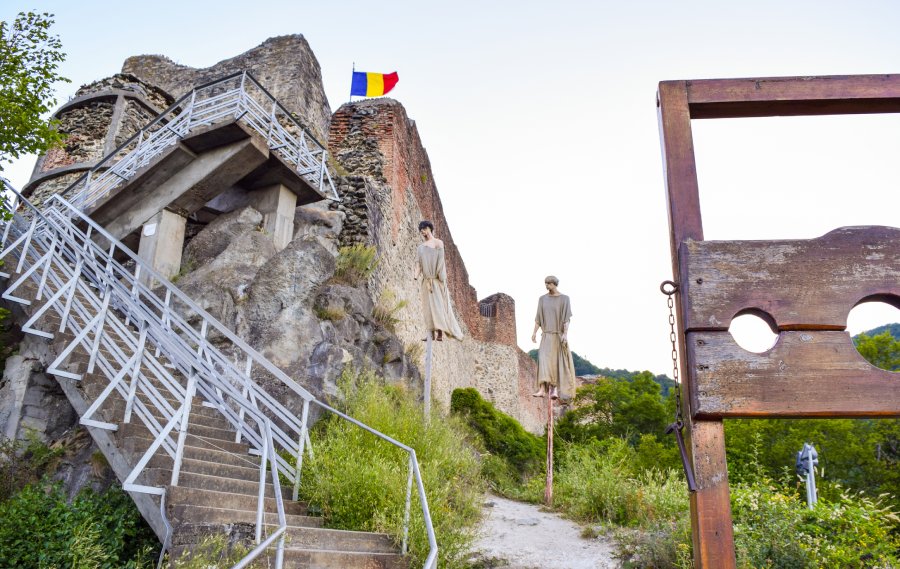
This is number one on many a tourist’s list. And actually, there are two castles that are considered “Dracula’s” Castle: Bran Castle and Poenari Castle. Bran Castle is significantly more popular, and subjectively more beautiful.
This is the one that is most similar to the castle described in Bram Stoker’s novel, Dracula. Although Stoker had never been to Romania himself, Bran Castle in Transylvania pretty much perfectly fits the bill for Dracula’s castle. It is perched at the top of an ominous hill, it is large and majestic, and it dates all the way back to the 1300s.
Some people believe that the character Dracula is based off the real-life Romanian Ruler, Vlad the Impaler. Vlad did visit this castle during his lifetime, but he did not actually live here. Because of its age and perch overlooking the valleys, this is the ideal beautiful yet isolated and weathered castle to visit.
2. Letea Forest
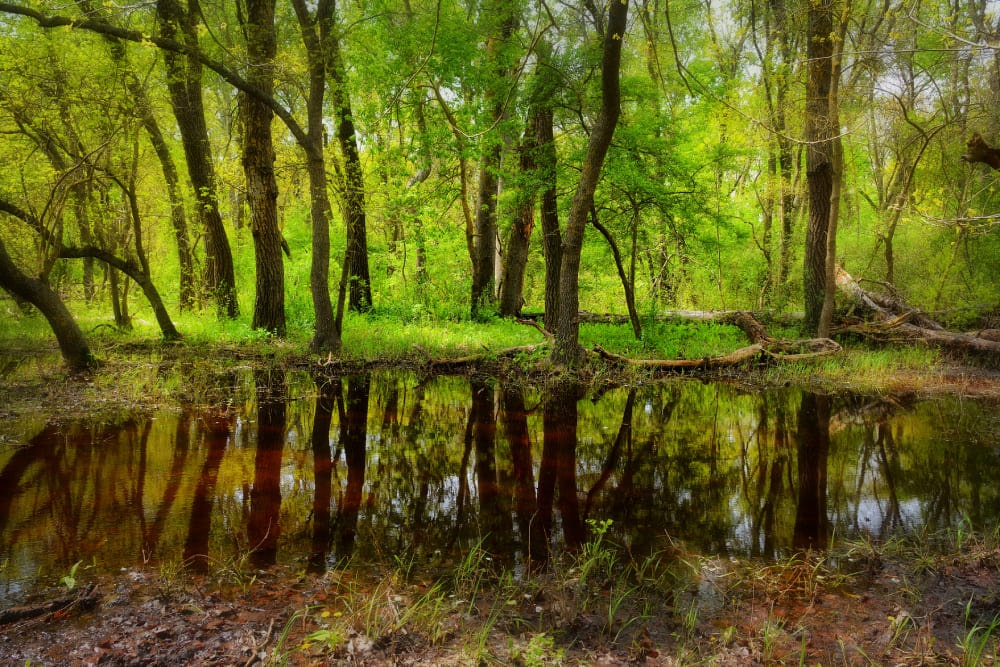
This is the oldest natural reservation in Romania. It is located near the Danube Delta (which you also must add to your Romanian bucket list!). The forest has massive 500-year-old oak trees, wild horses, sand dunes, gorgeous flowers, and so much more. Because this is a protected area, you need a tour guide to visit, but it is definitely a must-see!
3. The Transfagarasan Highway
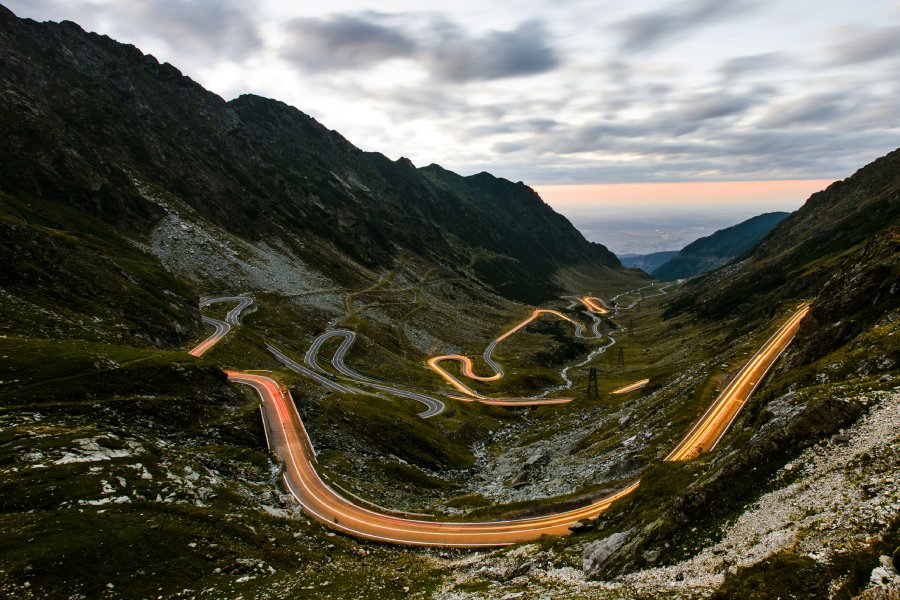
This is considered by some to be “the world’s best driving road.” It is quite a site to see: the road is complete with tunnels, bridges and viaducts (which is similar to aqueducts if you are familiar with those). The road closes at the end of October though, so make sure that you plan to go before then. This winding road is absolutely beautiful, so be sure to bring your camera!
4. The Abandoned Constanta Casino
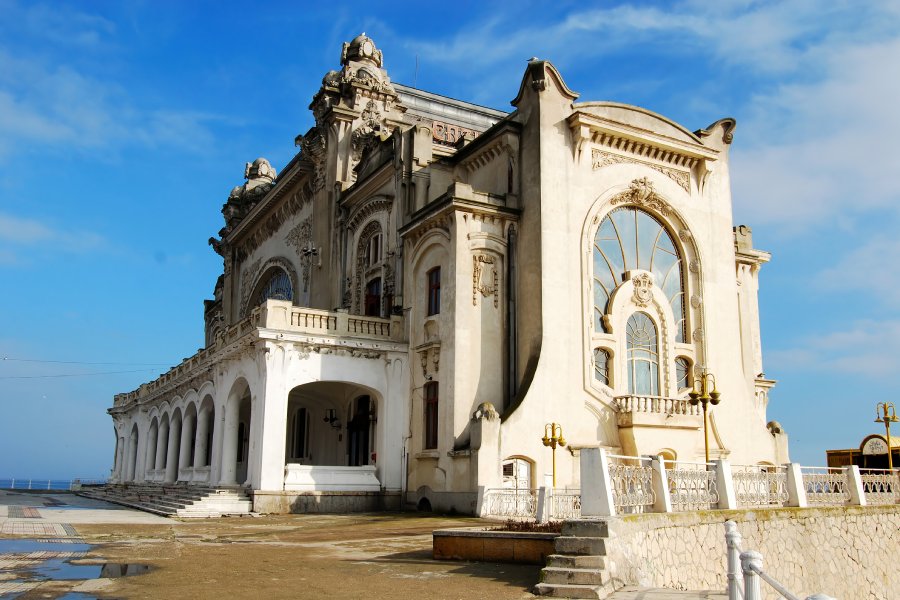
No, we are not trying to get you to blow your money gambling – even though this building is called a casino, it is not actually a casino. Or, rather, it is a defunct casino, meaning it is no longer in use as a casino. This building is a beautiful work of architecture.
It was commissioned by the King in the early 1900s and was used as a casino until World War II, when it was temporarily used as a hospital. When Nicolae Ceausescu came to power, the building was used as a restaurant, but the maintenance costs were so high that the building shut its doors in 1990.
The building hasn’t seen any repairs since 1988, and the building is closed to the public to prevent injury and protect from thieves – but you can still view it from the outside!
5. Targu-Mures
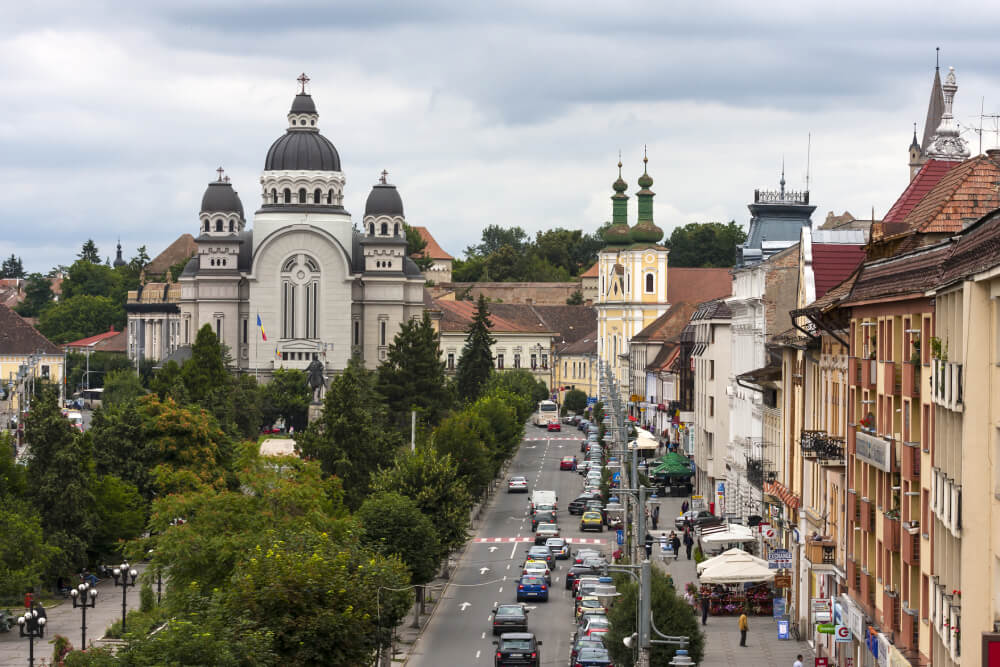
This medieval town will take you back in time while taking your breath away with its awe-inspiring architecture. Aside from the beautiful buildings and sites that you can visit in this city, it is also a great city to visit for cultural reasons. Until 2002, this city has the largest urban Hungarian community in Romania. Today, the city is bilingual with about half speaking Hungarian.
Also in this city is the Palace of Culture, with is a beautiful building that is home to the State Philharmonic of Targu Mures, the Mures County Library, and the Mures County Museum – so there is tons to explore!
6. The Merry Cemetery
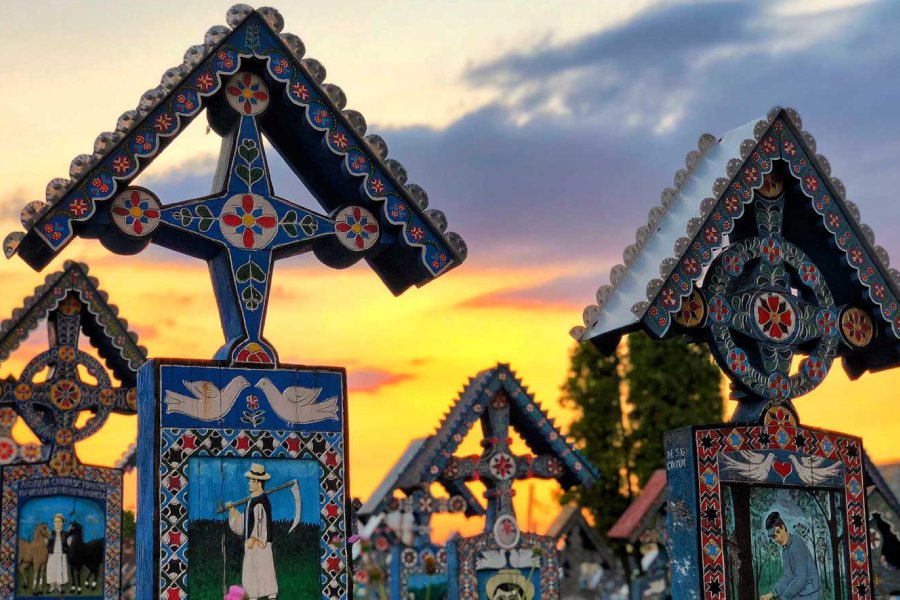
Located in northern Romania in the Maramures region, the Merry Cemetery is a cemetery that is, well, merry. All the tombstones are decorated colorfully and have poetry or other writing describing and celebrating the life of each person buried there. It is believed that Dacian culture viewed death as a joyful moment, as the person passes from this life of suffering to one filled with peace and happiness.
7. The Berca Mud Volcanoes
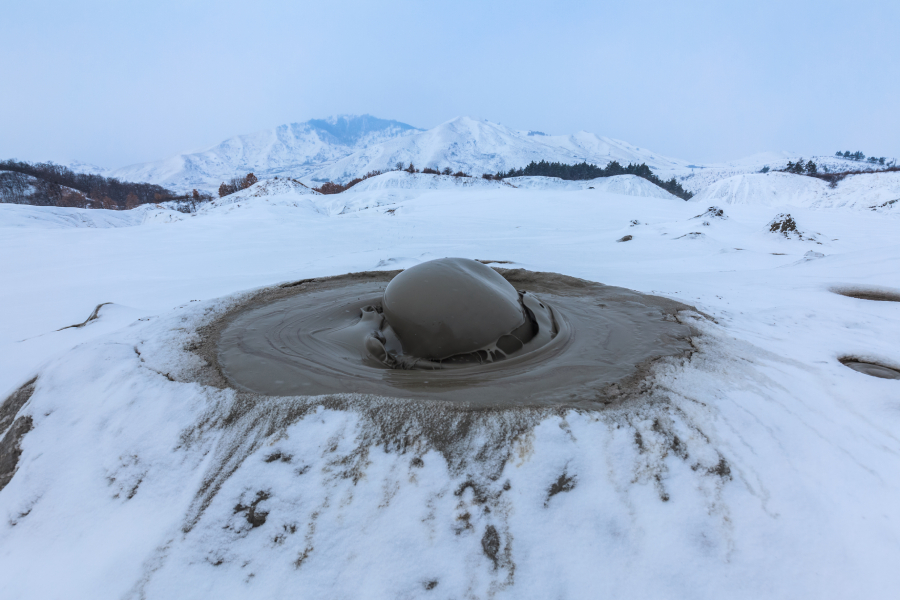
The Berca Mud Volcanoes are located in the central-eastern area of Romania. These are active volcanoes that erupt like any other, but instead of spitting out lava, they spit out mud! What makes this so picturesque is that there is not any vegetation nearby, and the mud creates cracks and craters into the ground, making it almost look like you are walking on the moon. And if you go around sunset or sunrise, these volcanoes are absolutely spectacular!
8. The Painted Monasteries Of Moldavia
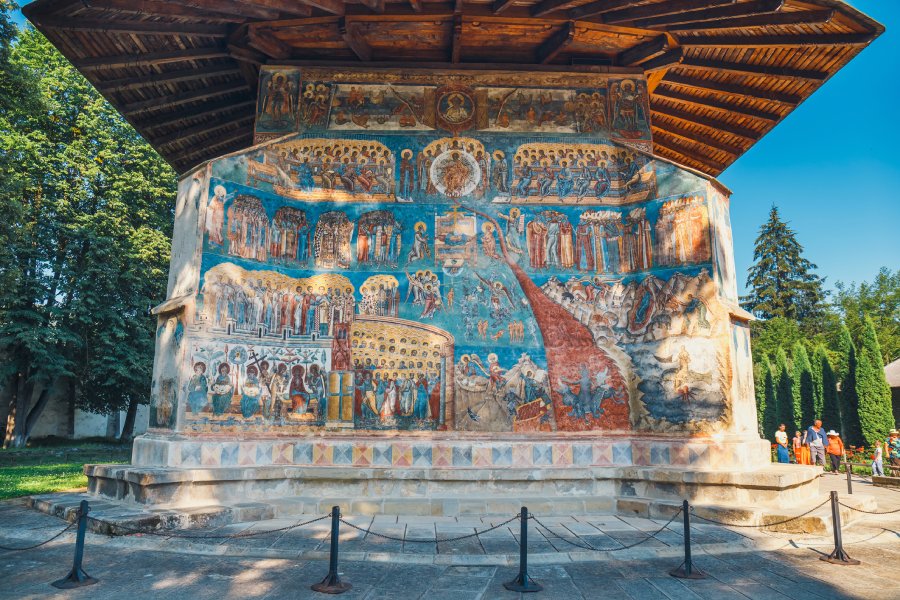
This is a UNESCO World Heritage Site and the paintings are absolutely jaw-dropping and wondrous. There are eight painted monasteries going all the way back to the 15th century, and they are painted with bright colors portraying different religious stories. Aside from being beautiful, these monasteries are a great display of Romanian history, culture, and religious traditions.
9. Peles Castle
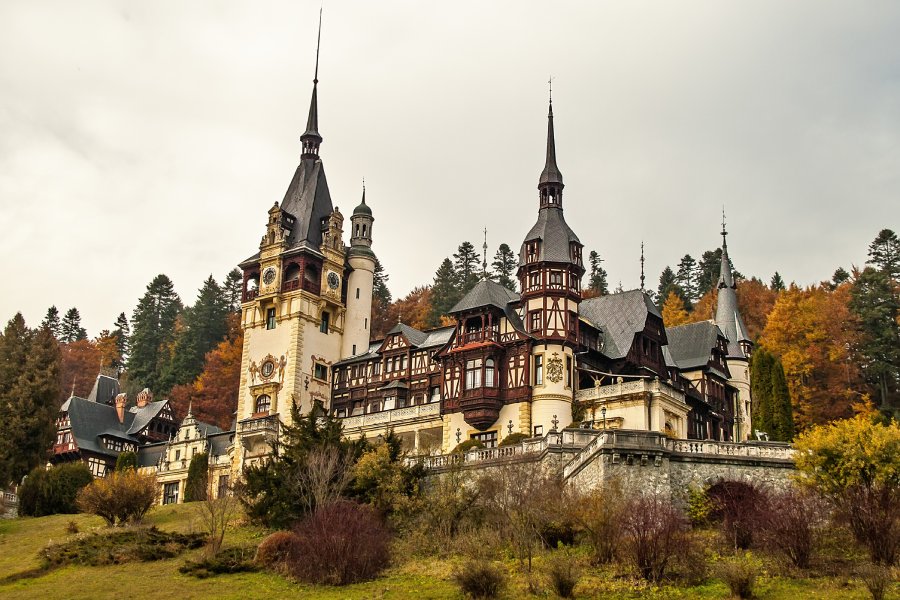
This is one of the most famous and well-known castles of Romania. It is located in the Carpathian Mountains, on a route linking Transylvania to Wallachia. This castle was constructed from 1873-1914 for the first king of Romania: King Carol I.
King Carol I loved the mountains and when he came across this mountain range, he knew that this would be where he would want to spend the rest of his life. You will have to see it for yourself – the castle was beautifully built and the view of the mountains is absolutely magnificent!
10. The Sphinx In The Bucegi Mountains
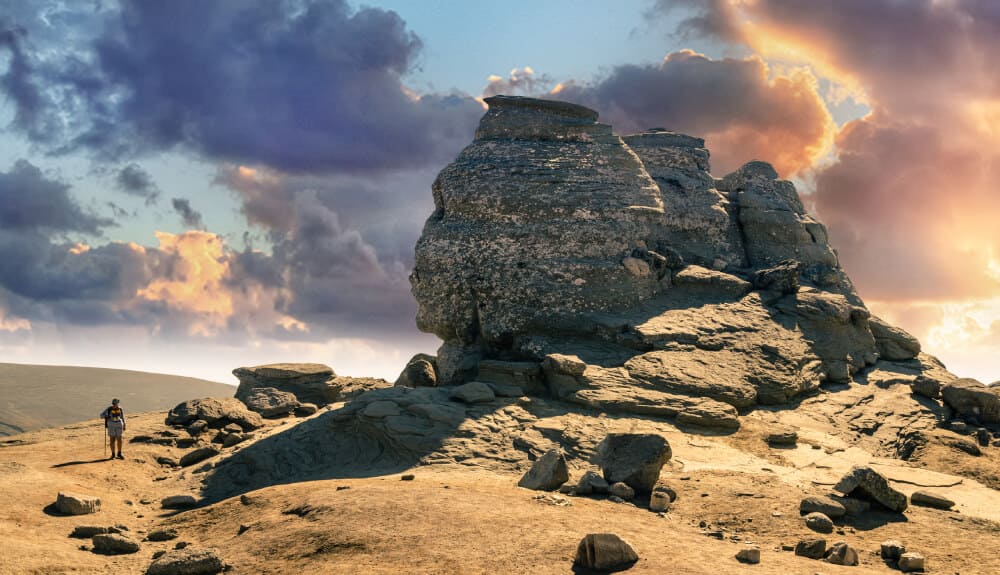
This is a rock formation created by wind erosion from over hundreds of years. When you look at it, it actually kind of looks like a human’s face protruding against the wind. Some say that aliens created this structure. Others say that there is a tunnel that leads from this formation all the way to the Sphinx in Egypt.
Still others believe that the Dacians, the ancient people of Romania, carved this head themselves, and that it is supposed to represent the god Zalmoxis. It is thought that this was a sacred place for the Dacians. Today, people make the pilgrimage out to the Sphinx on the 28th of November. It is believed that on this day, the sun aligns with the rock structure in such a way that creates an “energetic pyramid”.
People come here to experience the positive energy that supposedly radiates from this spot. Whether you believe in this energy or not, this is a phenomenal natural site to see!
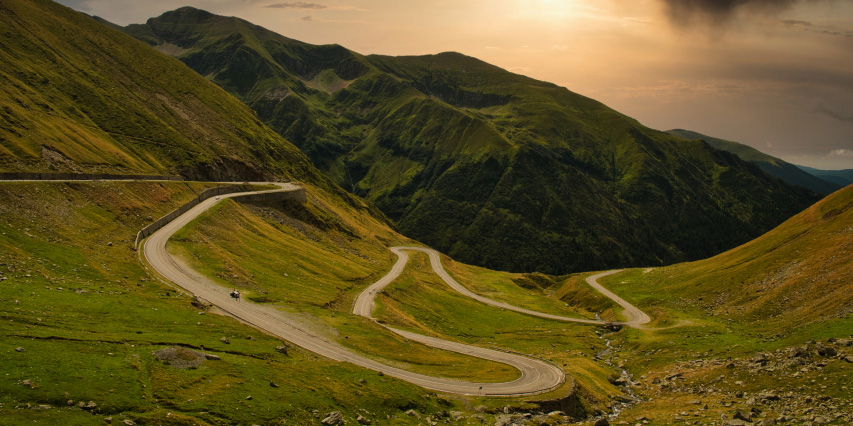
 ES
ES
 IT
IT
 DE
DE
 FR
FR
